
Elephants like to have dirt poured on themselves because this behavior serves a variety of practical functions and purposes. Here’s a detailed introduction to elephants’ love of pouring mud on themselves: 1.Sun protection and skin sunburn prevention:...

Elephants are extremely intelligent and complex animals, and taming them takes time, patience and expert skill. Taming an elephant usually involves establishing a close relationship with the elephant, establishing authority, and using positive training methods. The following is the...
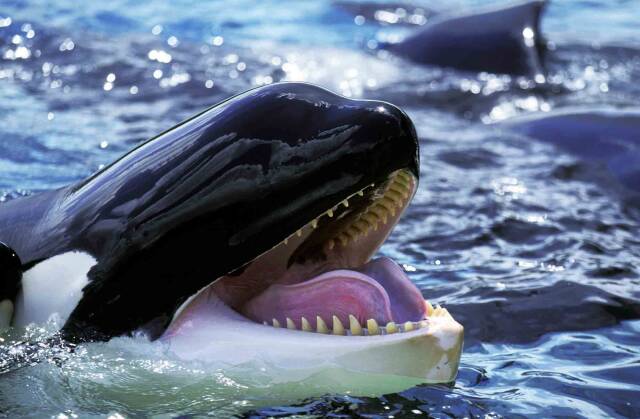
"Natural enemy" refers to another animal in nature that can hunt other animals and use it as its main food source. These animals often pose a serious threat to their prey and are therefore called "natural enemies". Natural enemies are an important component that exists in various ecosystems a...

The Elephant Bird is a type of large, flightless bird that lives in Madagascar. It has three genera: Elephantornis, Elephantornis genus and Elephantornis genus. It was extinct at least before the 16th century. The elephant bird was once considered the largest bird to have ever existed in the...
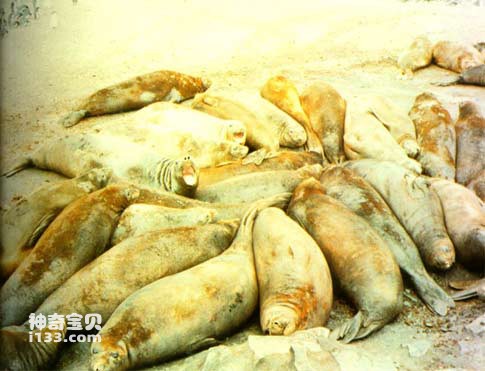
Elephant seals are distributed in the waters around Antarctic oceanic islands, breed on land, and like to live in groups. Whenever the breeding season comes in August and September, groups of elephant seals come ashore and start occupying territory and looking for mates. At this time, the bea...
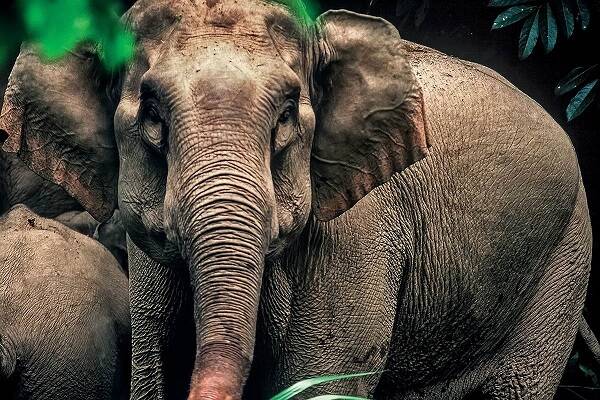
Elephants are members of the family Elephantidae and are divided into two types: Asian elephants (Indian elephants) and African elephants. It is characterized by a tall body, a long nose, cylindrical legs, large ears and a large head. Asian elephants originate from the Indian Peninsula and So...
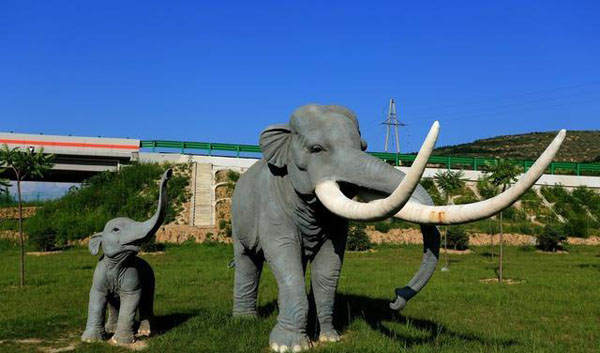
In 1973, farmers in Heshui County, Gansu Province discovered a piece of white ivory while digging in the sand. After 35 days of excavation by the excavation team, all the fossils were finally exposed: it was the skeleton of an elephant, inserted diagonally in the sand, with its feet stepping on ston...
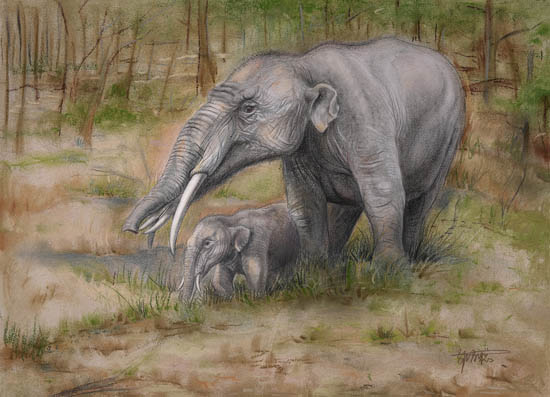
For a long time, gomphotheres have been considered a central link in the evolution of proboscis. The origins of Rhynchotheres and Cuvieroniines are more or less related to codons. However, Codon is also considered to be a problematic genus and a garbage bin group in the evolutio...
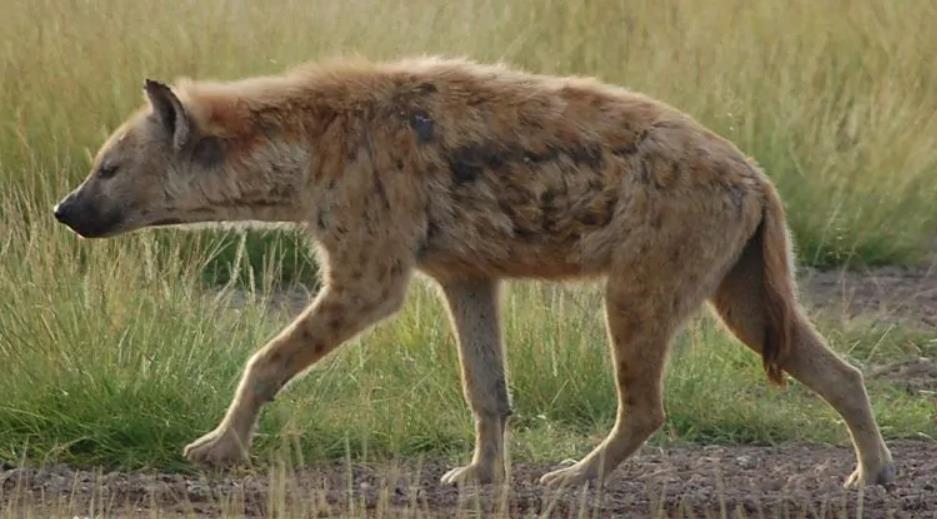
1. African Elephant The African elephant is the largest mammal on land. Male and female are dimorphic (male and female have different body shapes or physical characteristics). An adult African male elephant is taller than 3.5 meters, and can reach up to 4.1 meters. Weighing approximately 2.7 to 6 tons, females are smaller than males, with the heaviest recorded being 13.5 tons. They can live in a variety of natural environments from sea level to 5,000 meters above sea level, including forests, op...